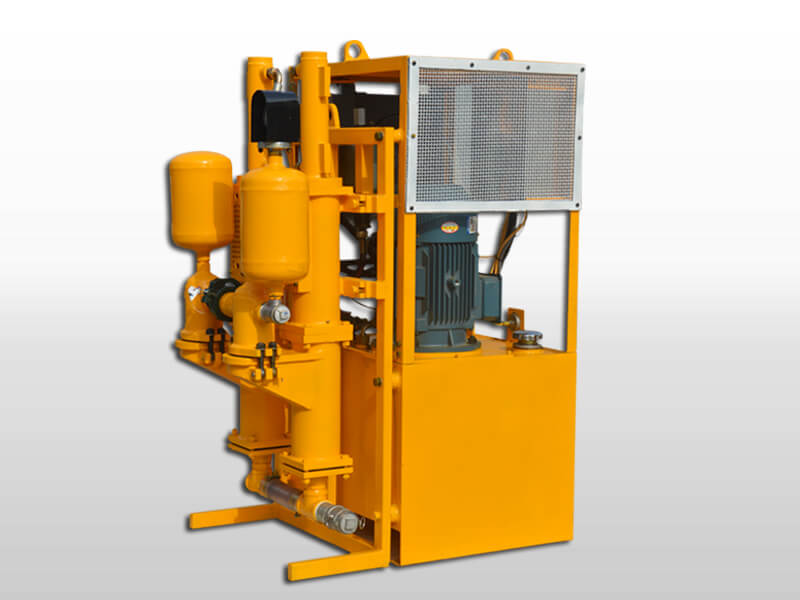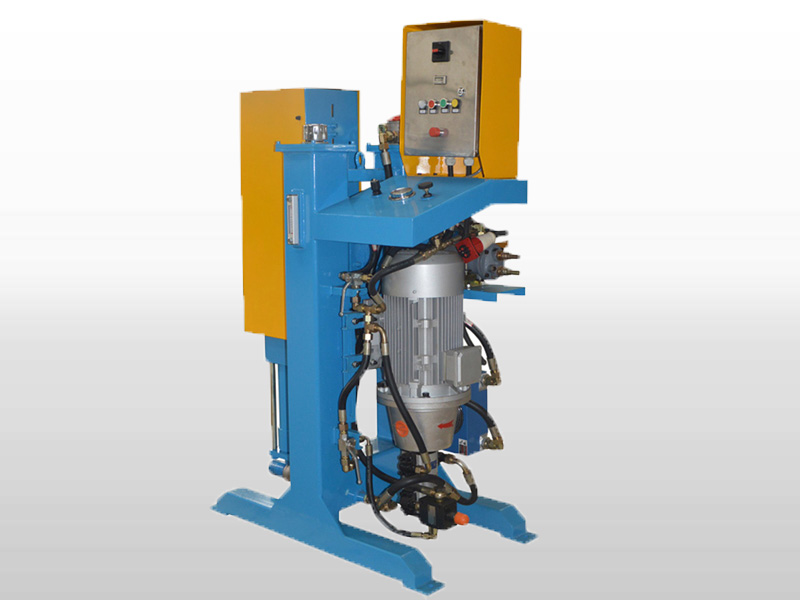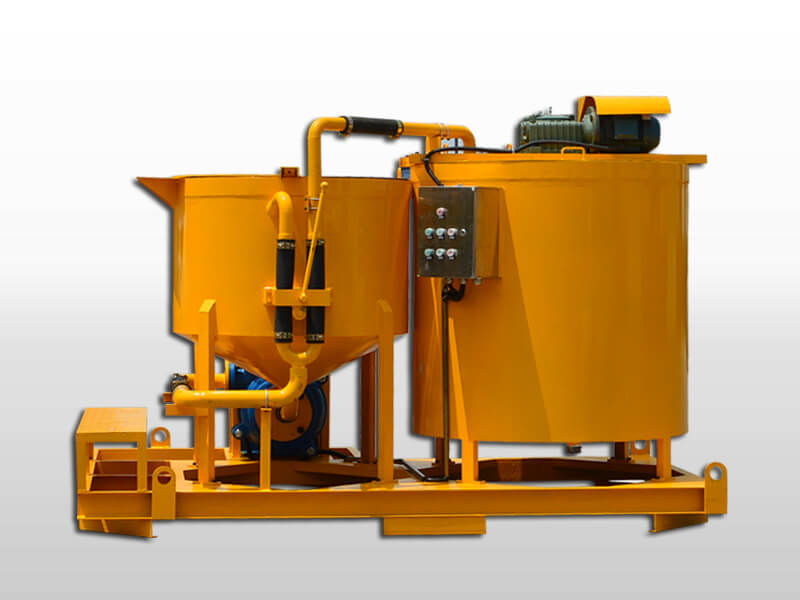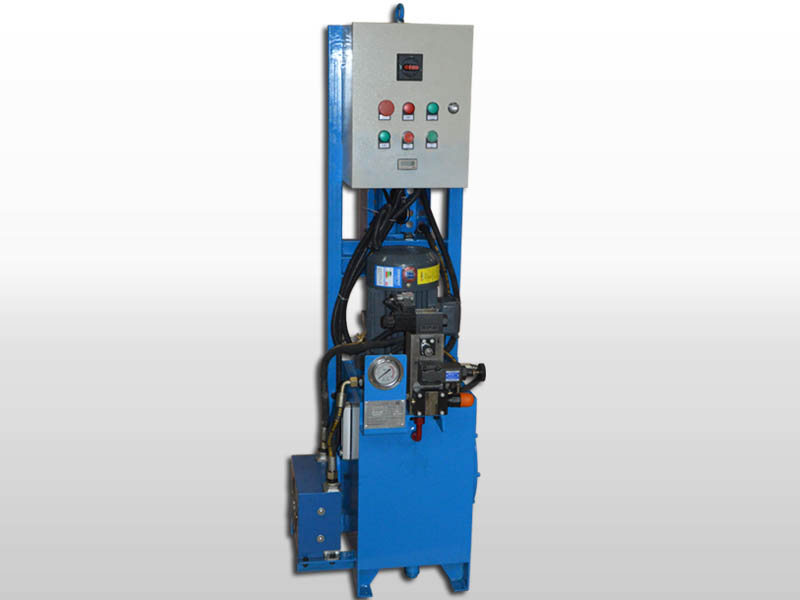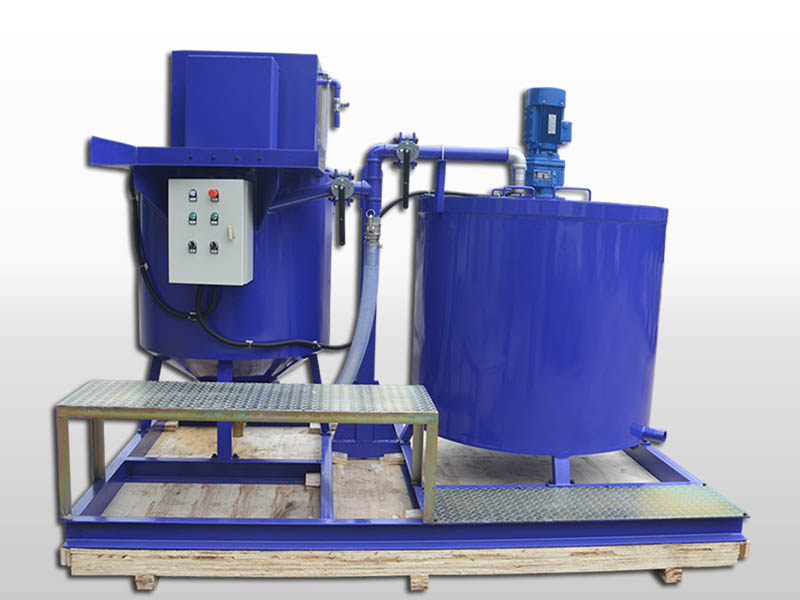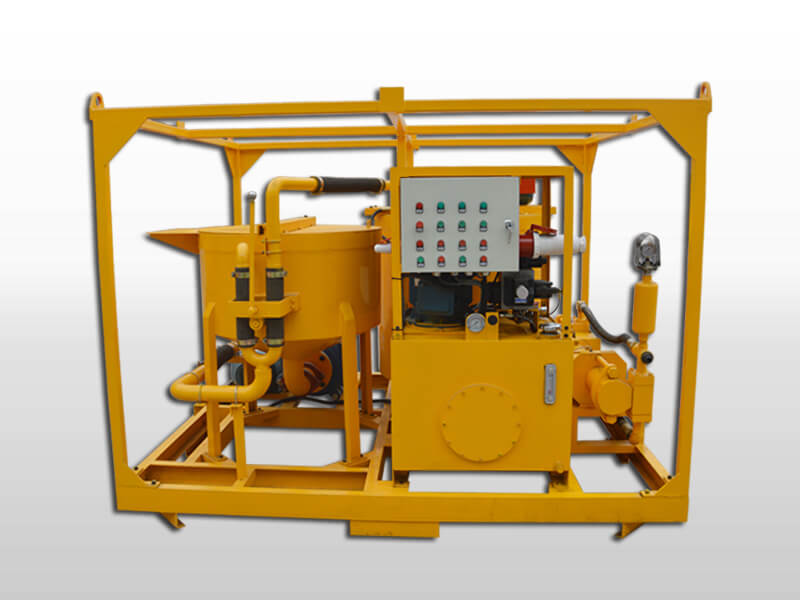using a cement grout pump ensures correct grout application
Using a grout pump ensures correct grout application
Jul 23, 2015· Using a grout pump ensures correct grout application Grout is a construction material made from cement, sand, water, and sometimes a fine gravel. It is used to connect pre-fabricated concrete sections, to fill in spaces between poured concrete sections and to eliminate the holes in concrete blocks.
Correct Installation: The First Step To Reliable Pump
Jun 01, 2009· Correct Installation: The First Step To Reliable Pump Operation. EP Editorial Staff | June 1, 2009 … When using cement-based grouting, follow the grout supplier’s instructions in detail and ensure that the grout placement is done quickly and continuously to prevent cold joints and voids under the baseplate. … effect of friction losses on …
Grout Pump Accessories | Heavy Duty | Grout Pump Uses
Grout Pump Uses & Applications . Kenrich’s heavy duty grout pumps provide outstanding performance in a wide range of pumping applications. In addition to pumping Cementitious grouts, our heavy duty pumps will pump any material or mixture that is thin enough to be drawn from the hopper into the pump without separating.
News-grout mixer pump,grout mixer,grout pump-Gaode
GROUTING GUIDELINES & APPLICATION INFORMATION … be constructed with proper relief openings. Cement based grouts must be confined to attain their optimum … Larger projects are best applied using a continuous mixer/grout pump assembly where the hose can be positioned under large baseplates eliminating the possibility
Core Filling With a Masonry Grout Pump – Masonry Magazine
Before using cement injection pumps, we need to pay attention to the following issues: The grout pump is used to pump concentrated lime water or lime paste into the pipeline to ensure proper operation of the machine. The mortar can only be placed in the pump when it is working properly. The mortar pump must run continuously.
How to Grout – LATICRETE
When using a grout pump, some keys to success are worth keeping in mind, namely material mix design, pump priming and taking full advantage of the grout pump’s capabilities. Material mix design Material mix design and the use of proper materials are critical for successful grout or mortar pumping with a masonry grout pump.
Using the Correct Type of Grout – The Floor Elf
How to Grout – Installation Guide for Cementitious Grouts Preparation: Concrete Substrate: Cleaning, roughening, and presoaking the concrete substrate with water for 18-24 hours are essential steps to be taken before placing grout. Cleaning and roughening will insure a proper bond of the grout …
What’s the Difference: Epoxy vs. cement grout – Fine
Ensure the correct equipment is available … Do Not saturate concrete when using Conbextra epoxy resin grouts! 6. Mixing Use a slow speed drill (appx 500rpm) with Mixer Paddle MR3, for large quantities a shear vane mixer may be used. Slowly … For large area pours consider using a grout pump…
Grouting steel baseplates – uk.weber
before application of the grout. If an anchor bolt sleeve is to be filled, besure all water is removed.Use a siphon, vacuum pump, or rubber hose and bulb. Remove the residual moisture by either forced air or evaporation. If the anchor bolt sleeve will not be grouted, seal the bolt hole with felt, foam rubber or …
Picking the correct grout for your application is a key part of a proper tile installation. If you choose incorrectly you could end up with a multitude of problems and headaches. Grout, chosen and installed correctly, will complete your tile installation and push it from a good tile job to a great one. Do not underestimate the power of the grout.Author: Roger
Unlike epoxy grout, its residue can be buffed off tile the day after it’s applied. However, epoxy-grout ingredients are packaged to ensure accurate mixing. Cement grout can be mixed incorrectly if too much or too little water is added, possibly weakening the grout while also causing color to …Author: Tom Meehan
Grout can also be pumped from the centre of the bearing plate where it spreads to the outside equally on all sides. A peristaltic pump is used for resin grouts and a diaphragm or worm pump for cement grouts. Alternatively, for large grouting areas, a grout lance is placed through the gap to the other side and withdrawn slowly as pumping proceeds.


